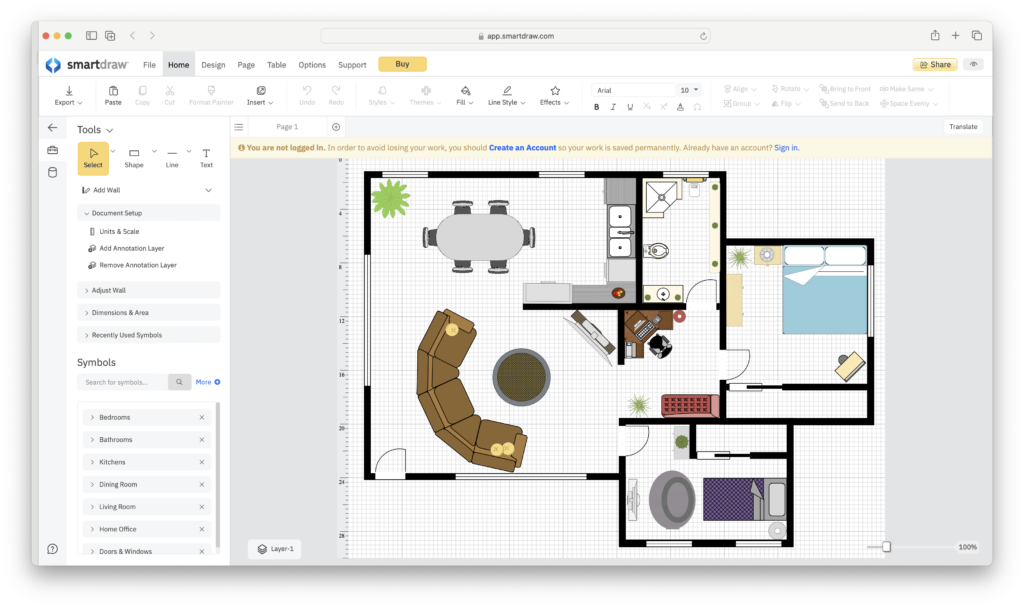Aoteng Insights
Your go-to source for the latest trends and insights.
Design Software: Where Creativity Meets Code
Unleash your creativity! Discover the best design software that fuses imagination with code for stunning results. Dive in now!
Top 5 Design Software Tools for Creative Professionals
When it comes to design, having the right tools can significantly enhance the work of creative professionals. In this article, we will discuss the Top 5 Design Software Tools for Creative Professionals that not only streamline the design process but also elevate the quality of the final output. Whether you are a graphic designer, an illustrator, or a digital content creator, these tools offer a range of features to cater to your creative needs.
- Adobe Creative Cloud - A powerhouse suite that includes applications like Photoshop, Illustrator, and InDesign, perfect for various design tasks.
- Sketch - Ideal for UI/UX design, Sketch allows designers to create and collaborate easily.
- CorelDRAW - A versatile vector graphic editor that is popular among illustrators and graphic designers.
- Canva - A user-friendly platform great for quick designs, suitable for both beginners and seasoned professionals.
- Affinity Designer - A cost-effective alternative to Adobe, known for its powerful vector and raster design capabilities.

How to Choose the Right Design Software for Your Project
Choosing the right design software for your project is a crucial step that can significantly impact the outcome of your work. Start by assessing your specific needs; consider factors such as the type of design you're focusing on—whether it's graphic design, web design, or 3D modeling. Research essential features that each software offers, such as usability, compatibility with other tools, and the availability of templates that can streamline your workflow. Additionally, read user reviews and comparisons to gather insights and ensure the software aligns with your project requirements.
Once you have a list of potential options, it’s beneficial to test out the software whenever possible. Many design tools offer free trials, allowing you to explore their functionalities without financial commitment. Evaluate how intuitive the interface is and whether it enhances your creativity rather than hindering it. Taking the time to compare user experiences can save you from investing in a program that doesn’t meet your expectations. Remember, the right design software should not only fit the technical demands of your project but also resonate with your personal workflow preferences.
Exploring the Intersection of Creativity and Code in Design Software
In today's digital landscape, the intersection of creativity and code has become a crucial focal point for the development of innovative design software. These tools not only empower designers to unleash their artistic vision but also enable them to harness the power of technology. As a result, creative professionals find themselves in a unique position where understanding programming concepts enhances their design capabilities, creating a symbiotic relationship between art and functionality. This blend allows for more dynamic designs that can adapt to user needs while maintaining aesthetic appeal.
Moreover, the rise of design software that incorporates coding elements, such as Adobe XD and Figma, has opened up new avenues for collaboration between designers and developers. By leveraging code within the design process, creatives can quickly prototype interactive experiences that resonate with users. This collaboration fosters an environment where rapid iteration and innovation thrive, emphasizing the importance of integrating creativity with technical skills. Ultimately, the future of design software lies in this harmonious relationship, pushing the boundaries of what is possible in the world of digital design.